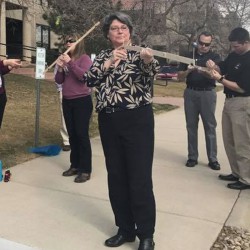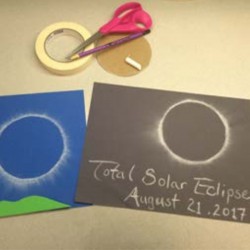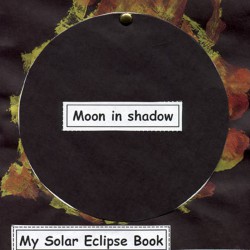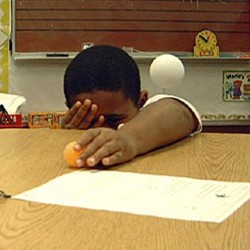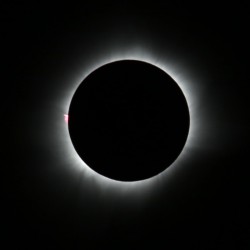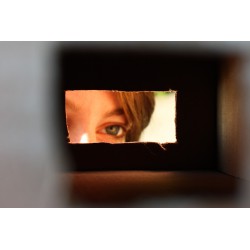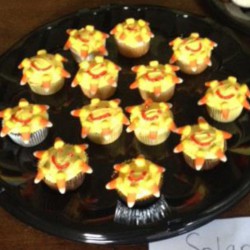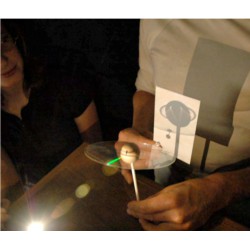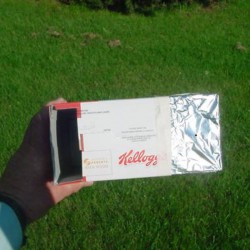Search "eclipse" 32 results have been found.
-
Why Do Eclipses Happen? (Yardstick Eclipse...
3 Review(s)Using simple materials, participants explore the vast distance between the Earth and Moon and model how solar and lunar eclipses happen. 9600
Check It Out
How-to Video -
Eclipse Chalk Art
1 Review(s)Use a circular template and chalk to create your very own eclipse art! 1818
Check It Out
How-to Video -
Making a Solar Eclipse Book
This is an activity about how to model and label a solar eclipse. 0
Check It Out
-
How Can the Little Moon Hide the Giant Sun?
This is an activity exploring the concept that distance affects how we perceive an object's size, specifically pertaining to the size of the Sun and the Moon as seen from Earth. 0
Check It Out
-
Big Sun, Small Moon?
1 Review(s)If you’ve ever seen a picture of a solar eclipse, you may have noticed that the Moon comes very close to covering the entire Sun. 1813
Check It Out
How-to Video -
Sol grande, luna pequeña
Si alguna vez has visto una imagen de un eclipse solar, es posible que hayas notado que la Luna se acerca mucho a cubrir todo el Sol. 0
Check It Out
How-to Video -
Guide to Building Solar Eclipse Viewers
There are many ways to build your own solar eclipse viewers that project the Sun's image in an area safe for your eyes to view! Check out this guide to find what will work best for you. 0
Check It Out
-
Citizen Science: Eclipse Soundscapes
This citizen science project is studying how eclipses affect life on Earth. Take part by collecting sound data from the October 14, 2023 annular eclipse and the April 9, 2024 total solar eclipse! 0
Check It Out
-
Eclipse Arte De Tiza
¡Usa una plantilla circular y tiza para crear tu propio arte de eclipse! 0
Check It Out
How-to Video Implementation Guide Provides extensive background information, facilitation outline, materials shopping list, extended supporting media suggestions, correlations to national standards, and more. -
Design Your Own Solar Cupcakes
Learners will explore aspects of the Sun and solar activity by modeling them as solar cupcakes. 0
Check It Out
-
Why Don't Eclipses Happen Every Month?
Patrons create 3D models of the Earth, Moon, and Sun and demonstrate solar and lunar eclipses, and understand why we do not see eclipses at every full and new Moon. 0
Check It Out
How-to Video -
Pinhole Viewer: Cereal Box Version
2 Review(s)Use a cereal box and other common materials to create a safe way to view the Sun. 3752
Check It Out


